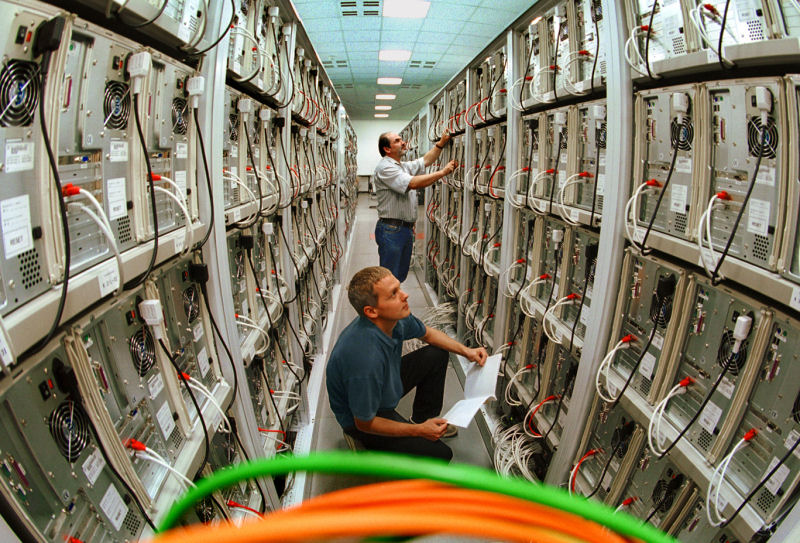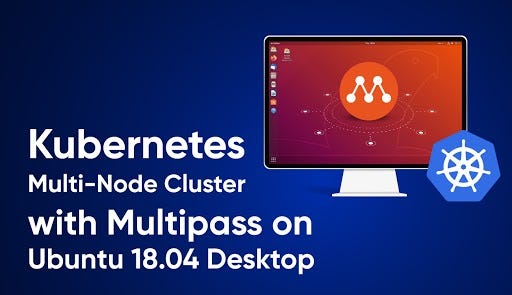- Joined
- Nov 24, 2020
- Messages
- 168 (0.14/day)
| System Name | MonsterBot |
|---|---|
| Processor | AMD FX 6350 |
| Motherboard | ASUS 970 Pro Gaming/AURA |
| Cooling | 280 mm EVGA AIO |
| Memory | 2x8GB Ripjaw Savge X 2133 |
| Video Card(s) | MSI Radeon 29 270x OC |
| Storage | 4 500 gb HDD |
| Display(s) | 2, one big one little |
| Case | nighthawk 117 with 5 140mm fans and a 120 |
| Audio Device(s) | crappy at best |
| Power Supply | 1500 W Silverstone PSU |
| Mouse | Razer NAGA 2014 left handed edition |
| Keyboard | Redragon |
| Software | Win 10 |
| Benchmark Scores | none |
Now that I know what it is called, I want to build one, I have for years. I have literally a half dozen computers that I could reassemble and get back up and running by the end of the week.
Old old stuff, duo core CPU's ddr 2 memory, windows xp or 7 old.
Besides a half dozen pc's what else do I need? A router of some sort I assume.
Has anyone made one? I read the build about the ghetto cluster and I am researching the original Beowulf Cluster.
TBH some of this stuff is over my head, I ain't gonna lie. But this is how I learn.
I can follow basic directions if I can understand them. I don't know squat about Linux and would have to learn that as I understand that Linux is what the original Beowulf Cluster used, or Unbutu.
Does anyone want to collaborate on a fun, probably useless project? If I can get it to work, I will probably use it for looking for e.t.'s or for folding@home.
specs are right now, 6 intel cpu's totaling about 24Ghz and about 48 Gb RAM.
I have a board for each CPU and a PSU for each board. I have more than enough hard drives running around. and miles of cable.
Last I want to know if I could use server chassis to avoid having 6 desktop computers side by side sucking down the juice and creating 6x the heat.
Old old stuff, duo core CPU's ddr 2 memory, windows xp or 7 old.
Besides a half dozen pc's what else do I need? A router of some sort I assume.
Has anyone made one? I read the build about the ghetto cluster and I am researching the original Beowulf Cluster.
TBH some of this stuff is over my head, I ain't gonna lie. But this is how I learn.
I can follow basic directions if I can understand them. I don't know squat about Linux and would have to learn that as I understand that Linux is what the original Beowulf Cluster used, or Unbutu.
Does anyone want to collaborate on a fun, probably useless project? If I can get it to work, I will probably use it for looking for e.t.'s or for folding@home.
specs are right now, 6 intel cpu's totaling about 24Ghz and about 48 Gb RAM.
I have a board for each CPU and a PSU for each board. I have more than enough hard drives running around. and miles of cable.
Last I want to know if I could use server chassis to avoid having 6 desktop computers side by side sucking down the juice and creating 6x the heat.



 (and keeping busy)
(and keeping busy) . The end aim of these architectures is huge reliability. RAID6 is (iirc) ~99% with cache & BBU (battery back-up) and small disks, when you get into erasure-coded systems they talk 10,12,15-9s of reliability and Petabytes are the base unit of storage.
. The end aim of these architectures is huge reliability. RAID6 is (iirc) ~99% with cache & BBU (battery back-up) and small disks, when you get into erasure-coded systems they talk 10,12,15-9s of reliability and Petabytes are the base unit of storage.


